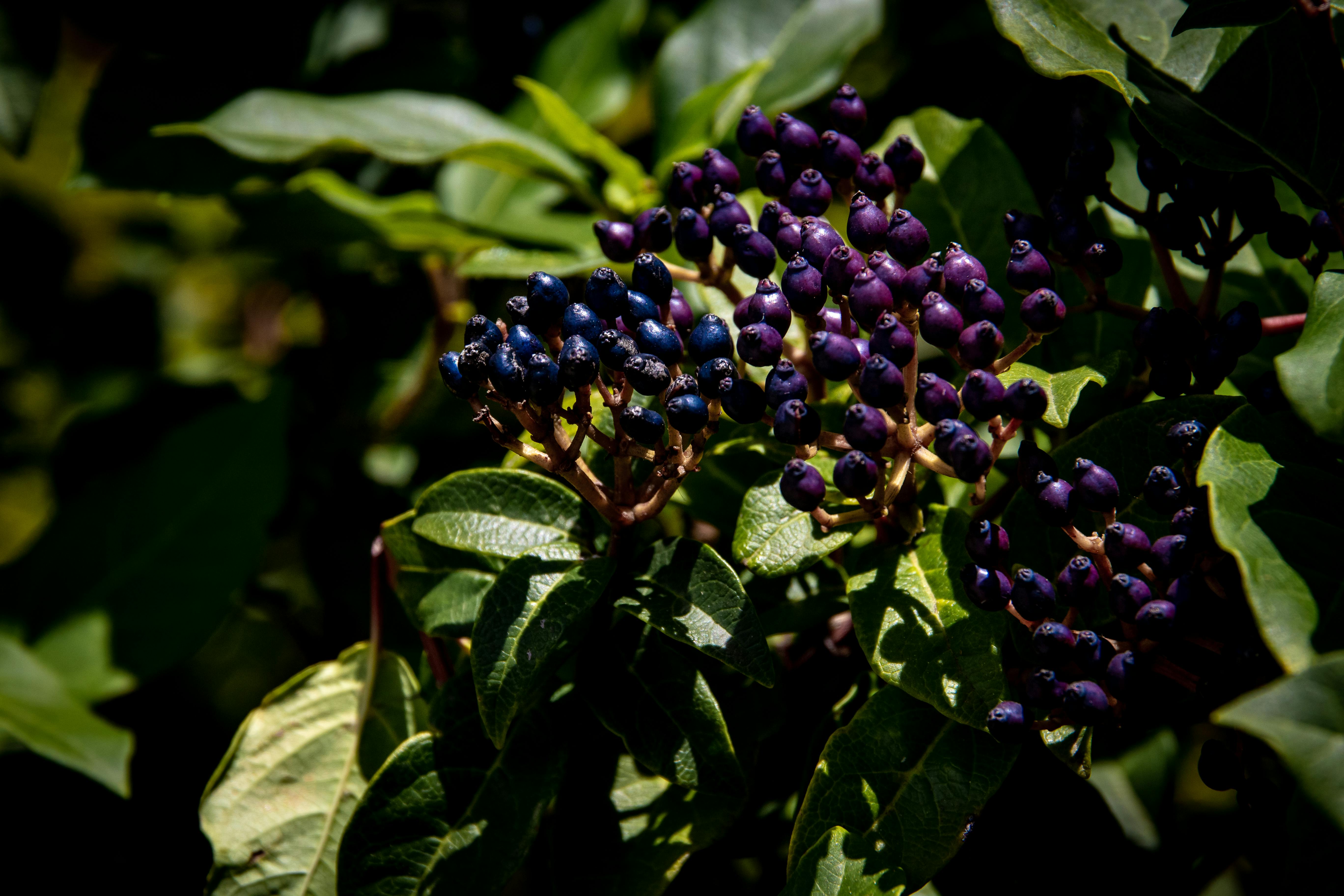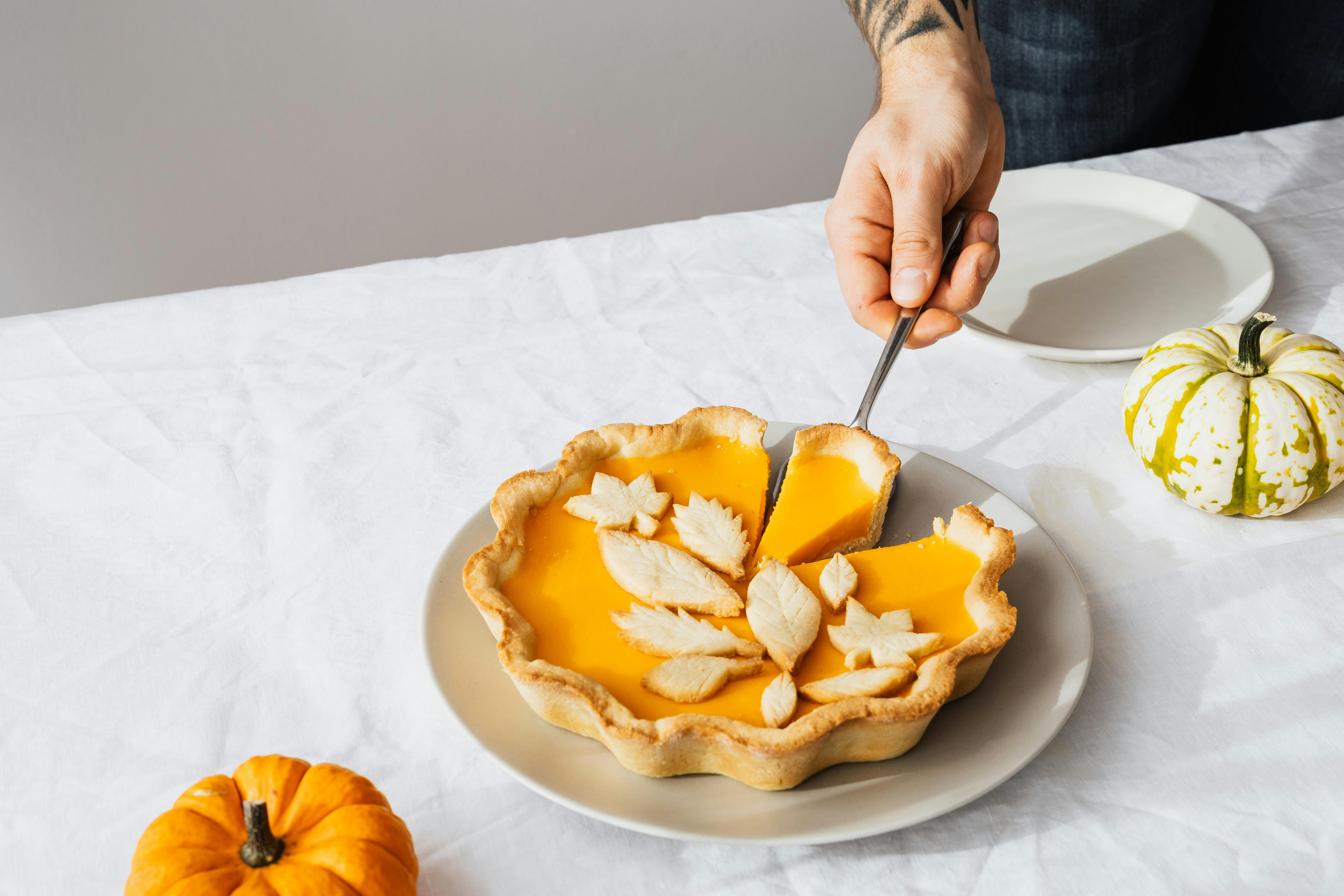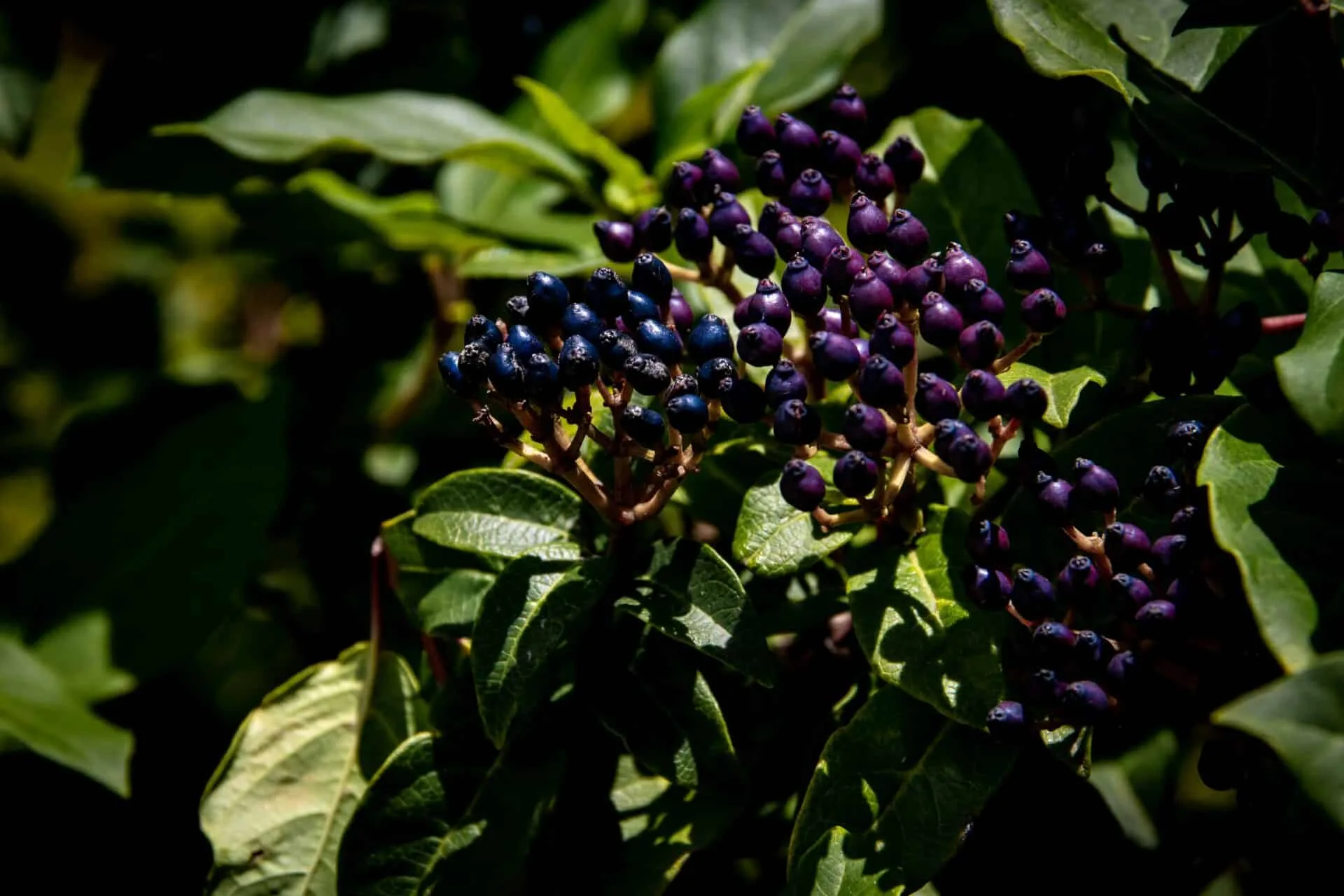Pumpkins are a popular seasonal vegetable that can be used in a variety of recipes and decorations. They are also a favorite of many gardeners, who enjoy watching the plants grow and producing delicious fruit. But when do pumpkin plants actually produce fruit? This article will explain the process of pumpkin cultivation and provide an answer to this question.Pumpkin plants typically begin to produce fruit in late summer or early fall, when the days become shorter and temperatures become cooler.
Environmental Factors
Pumpkins are a warm-season crop, and require a long growing season with temperatures between 65 and 95 degrees Fahrenheit to produce fruit. A lack of water can cause pumpkins to be smaller than usual or fail to produce fruit. Too much water can lead to the pumpkins rotting on the vine. Too much nitrogen in the soil can cause excessive foliage growth, at the expense of fruit production. An ideal growing environment for pumpkins is one that has plenty of sunshine, water and nutrients.
Variety
The variety of pumpkin chosen is important when considering fruit production. Different varieties of pumpkins have different characteristics, such as size, shape, color and flavor. Some varieties are more suited for cooking than others, while some have stronger vines that can better support the heavy fruits as they mature. Selecting a variety that is best suited for your climate and desired use will help ensure successful pumpkin production.
Cultural Practices
Proper cultural practices are essential for successful pumpkin production. Planting in well-drained soil that has been amended with organic matter helps ensure good aeration and drainage so that roots have access to oxygen and water. As plants grow, thinning out excess vines helps provide adequate spacing between plants so they get enough sun and air circulation. Proper fertilization is also important for good pumpkin yield; a 10-10-10 fertilizer applied in early summer will help ensure healthy plants.
Pest Management
Pest management is also an important factor in successful pumpkin production. Common pests include cucumber beetles, squash bugs, aphids and cutworms, which can cause damage to leaves or fruits if not kept under control. Using floating row covers when planting helps keep pests away from young plants while hand picking pests off infested plants or using insecticidal soaps are effective ways of controlling pests without using harsh chemicals.
When Are Pumpkins Ready to Harvest?
Pumpkins are a popular autumnal vegetable that can be harvested for a variety of uses. When and how you harvest your pumpkins depends on the variety, as well as the size and maturity of the fruit. Knowing when to pick your pumpkin is essential for getting the best out of it.
Generally speaking, pumpkins are ready to be harvested when their skin turns from green to orange. If you want to get the most out of your pumpkin, it is important to wait until it has reached its full size. It should feel hard and heavy when you pick it up, and its skin should also be hard enough that it won’t bruise easily.
If you are in a hurry or don’t have time to wait for the pumpkin to reach full maturity, you can harvest it before its skin has turned fully orange. This will mean that your pumpkin won’t have as much flavor or sweetness once cooked, but it will still fulfill its purpose if needed.
Some varieties of pumpkins may take longer than others to ripen, so be sure to check on them regularly if you’re unsure about when they are ready for harvest. Once they reach their full maturity, they can stay good for several months if stored correctly in a cool dry place away from direct sunlight or extreme temperatures.
Harvesting pumpkins is an exciting part of autumn and knowing when the pumpkins are ready can help ensure that you get the best out of them!
Best Growing Conditions for Pumpkins
Pumpkins are a popular crop to grow in the home garden and can be harvested at the end of the growing season. While pumpkins are relatively easy to grow, they need a few specific requirements in order to produce large, healthy fruits. To get the best results from your pumpkin plants, you need to provide them with the proper growing conditions.
The most important factor when it comes to growing pumpkins is adequate sunlight. Pumpkins need at least six hours of direct sunlight each day in order to produce large fruits. If your garden does not get enough direct sunlight, you can supplement with artificial lights.
Pumpkins require well-drained soil that is high in organic matter. The soil should be amended with compost or other organic matter before planting and should be kept evenly moist throughout the growing season. Pumpkins also prefer slightly acidic soils with a pH level between 5.5 and 6.8.
Pumpkins require consistent temperatures between 65-85°F (18-29°C). Hot weather can cause flowers to drop off, while cooler weather can cause plants to stop producing fruits or slow down fruit development. If you live in an area with hot summers, consider planting your pumpkins early in the season or providing some shade for your plants during the hottest part of the day.
Fertilizing your pumpkins regularly throughout the season will help ensure healthy growth and optimum fruit size and quality. Use a balanced fertilizer that is high in nitrogen and phosphorus for best results and follow label directions for application rates and timing.
Finally, remember that pumpkins need plenty of space to grow properly; give each plant at least three feet (1 meter) of space on all sides for optimal growth and yield potential. With proper care and attention, you can enjoy an abundant harvest of delicious pumpkins!
How Long Does it Take for Pumpkin Plants to Produce Fruit?
Pumpkins are a popular seasonal favorite, and they are relatively easy to grow in the home garden. The amount of time it takes for pumpkin plants to produce fruit depends on several factors, such as variety, climate, and soil conditions. Generally speaking, most pumpkin varieties require approximately 80-120 days from planting until fruit is ready for harvest.
When planting pumpkins, it is important to choose a variety that is well suited for your climate. If you live in an area with cooler summers, then you will want to select a variety that matures quickly. For warmer climates, choose varieties that are more heat tolerant and will mature later in the season.
The soil type also plays an important role in how quickly pumpkins will produce fruit. Pumpkins prefer soils with good drainage and plenty of organic matter to provide nutrients. If the soil is too wet or too dry, this can delay growth and maturation of the fruit.
Once the plants have been established and begin flowering, pollination must occur before fruits can begin to form and mature. This process usually happens naturally through bees or other insects visiting the flowers and transferring pollen from flower to flower. If you find that your plants are not producing any fruit, you should consider hand-pollinating them using a small paintbrush or cotton swab.
Overall, pumpkin plants typically take 80-120 days from planting until they are ready for harvest. However, this timeframe can vary depending on the variety grown as well as environmental conditions like soil type and temperature. With proper care and attention, your pumpkins should be ready for harvest in no time!

Germination
Pumpkin plants begin their growth cycle with the process of germination. During this stage, pumpkin seeds are planted in the soil and absorb water, causing them to swell and split open. The seed coat then breaks down, releasing the root and shoot of the plant. These parts contain the embryo of the pumpkin plant, which begins to grow in size. Once enough energy has been stored in the seed, a small stem appears above ground with two leaves attached at its tip. This marks the beginning of the vegetative stage.
Vegetative Growth
The vegetative growth stage is marked by rapid growth in size and number of leaves on the pumpkin plant. At this point, lateral stems will also begin to form off of the main stem. The roots will also continue to grow deeper into the soil as they search for nutrients and water. As more foliage appears on the plant, photosynthesis begins to occur at an increased rate, providing energy for further growth.
Flowering
Once enough energy has been stored up by photosynthesis, flowering initiates on pumpkin plants. Male flowers will be seen first followed by female flowers a few days later. The female flowers have a small bulb on its stem that eventually swells up to form a pumpkin if pollinated successfully by bees or other pollinators.
Fruiting
If pollination is successful during flowering, pumpkins will begin to form at the base of each female flower shortly afterwards. As they develop in size and ripen over time, their color changes from green to orange or yellow depending on variety. Eventually they are ready for harvest when their stems start to dry out and their skin becomes hard enough that it can’t be pierced with your fingernail anymore.
Signs of Maturity in Pumpkin Plants
When growing pumpkins, it is important to be able to identify the signs of maturity. Knowing when a pumpkin is ready to be harvested can help ensure that it reaches its full potential. There are several signs of maturity that can indicate when a pumpkin is ready to be harvested.
One sign of maturity in pumpkin plants is the development of a hard rind. As pumpkins mature, their skin begins to thicken and become harder. The rind should be tough enough that it cannot easily be pierced with a fingernail. The color should also become more consistent, with no green patches remaining on the outer skin.
Another sign of maturity in pumpkin plants is the development of a brown stem. The stem should begin to turn from green to brown as the pumpkin matures. Once the stem has turned completely brown, it indicates that the pumpkin is ready for harvesting.
The size and shape of the pumpkin are also indicators that they have reached maturity. As they grow, pumpkins become larger and rounder in shape. If the pumpkin has stopped growing, it may indicate that it has reached its maximum size for harvesting.
Finally, a ripe pumpkin will have an orange color rather than green or yellow coloration on its outer skin. This indicates that the fruit is ripe and ready for harvesting.
It is important for gardeners to be able to identify these signs of maturity in order to get the most out of their crop. Knowing when a pumpkin has reached its peak ripeness can mean more flavorful fruit and higher yields from each harvest!
Maximizing Fruit Production in Pumpkin Plants
Pumpkins are a popular edible fruit grown for their unique flavor and versatility. Knowing how to maximize fruit production in pumpkin plants is essential for a successful harvest. Here are some tips for maximizing the yield of your pumpkin plants:
1. Plant in Rich Soil: Pumpkins need nutrient-dense soil to grow well and produce an abundant crop of fruits. Make sure your soil is rich in organic matter such as compost, manure, or peat moss. Also, make sure the soil pH is between 6.0 and 7.0 to ensure optimal growth.
2. Provide Adequate Water: Water is essential for pumpkins to grow and develop properly. Make sure they get at least 1 inch of water per week during the growing season. Soak the ground around the plant deeply when watering instead of light sprinkling.
3. Fertilize Regularly: Pumpkins require regular feeding with a balanced fertilizer throughout the growing season. Apply fertilizer once every two weeks during active growth for best results.
4. Prune and Train Vines: Pruning helps keep vines from becoming too large and unruly, which can reduce yields. Train vines by weaving them through stakes or trellises to keep them off the ground and provide support.
5. Remove Diseased Fruits: Diseased fruits can spread disease to other fruits on the plant, so it’s important to remove any diseased fruits as soon as possible to prevent further spread of disease.
6. Thin Out Fruits: When fruits start to form on pumpkin plants, it’s important to thin out those that are too close together or those that are too small or misshapen. This will help ensure that only healthy, high-quality fruits remain on the plant.
By following these tips, you should be able to maximize fruit production in your pumpkin plants and enjoy a successful harvest!

Conclusion
Pumpkin plants typically produce fruit around the end of summer or early fall. The best way to ensure that your pumpkin plants produce a good yield of fruit is to provide them with plenty of sunlight, water, and nutrients. Pruning the vines and removing extra fruits can also help ensure that the plant’s energy is focused on a few high-quality pumpkins. With proper care, you should be able to enjoy a good harvest of pumpkins in the fall.
Overall, growing pumpkins can be an enjoyable experience for gardeners of all levels. Whether you are growing them for decoration or cooking purposes, having your own pumpkin patch can bring joy to your home or neighborhood. With the right amount of care and attention, you can produce a bountiful harvest of pumpkins each year.



